TAHAN Sleeping Bag Vs Naturehike Compression Ultralight Sleeping Bag
Selecting a suitable sleeping bag means factoring in interior room, insulation rating, construction quality and packing conveniences. Striking the right balance creates mobile comfort allowing peaceful rest after long days hiking trails or climbing peaks.
Malaysia offers two quality affordable sleeping bag options for local outdoor enthusiasts: homegrown favorite TAHAN together with international brand Naturehike’s popular compression ultralight model. We measure up critical specifications like dimensions, fabric shells, warmth and weight to determine the ideal choice.
While both sleeping bags deliver respectable performance for the prices, subtle differentiators make one ultimately better suited for Malaysia’s humidity and sudden mountain chill. Read on to see how TAHAN’s locally-optimized design edges out the imported option.
1. Size and Dimensions Prioritize Comfort
An overly constricting mummy-type sleeping bag may excel for arctic usage. But tropical climes and the reality of rural power outages means bonus room enables easier sleep and group refuge.
Here the TAHAN Panthera unzips expansively to 210 x 90cm dimensions able to accommodate restless rolling mobility or squished families. That extra length and width grants flexibility to extend legs fully while the girth lets adults wrap fabric around themselves.
Meanwhile Naturehike’s ultralight sleeping bag spans noticeably narrower at 190 x 75cm when unfurled. Palpably less space to shift sleeping positions or share among friends in a blackout. For superior flexibility benefitting versatile Malaysian use, the Panthera’s generous internal volume edges out.
2. Heat Retention Ratings Match Local TemperatureFlux
Choosing insulation capabilities aligned closer to Malaysia’s climate norms ensures functionality. Most regions face warmer equatorial temperatures overall. But Cameron Highlands and Mount Kinabalu still experience surprisingly brisk nights.
Here the TAHAN shines with a 10°C to 20°C comfort rating scale adapted for this exact environment. The sleeping bag reliably insulates against cool mountain air dipping near 10°C while still breathing fine in muggy lowland swelter up to 20°C ambient.
By contrast Naturehike’s ultralight sleeping bag only claims effectiveness down to a 15°C threshold before losing heat-trapping viability. That leaves little leeway for common regional temperature drops travelers encounter overnight, especially at higher attitudes. The TAHAN’s more relevant warmth indicators demonstrate careful regional R&D benefiting users.
3. Durable Shell Fabrics Withstand Outdoor Abuse
Sleeping bags must endure long-term outdoor exposure including scrapes against gravel tent floors, errant sparks near campfires and cramming into packs repeatedly. Construction durability contributes to extended reliability keeping wilderness wanderers warm when needed.
Here both the TAHAN Panthera and Naturehike ultralight sleeping bags sport rugged 40D ripstop nylon shells. This tightly woven yet lightweight nylon fabric proves highly tear and abrasion resistant. Essential for maintaining interior insulation integrity over years of adventures.
Small differences emerge in lining materials however. Naturehike opts for soft breathable cotton touches facing skin. Meanwhile TAHAN utilizes smooth, quick-drying 190T polyester pongee interior fabric. This balances comfort with practical moisture-wicking useful in humid air. Personal preferences aside, both models construct durable yet comfy shelters ready for backcountry use.
TAHAN Panthera Sleeping Bag material
4. Carrying Convenience Factors In Weight and Packability
Minimizing sleeping bag weight grows imperative for long distance multi-day trekkers or mountaineers carrying extensive provisions. Every gram trimmed when scaling summits matters. Meanwhile all backpackers appreciate stuffed sizes compressing compactly to save precious pack space for other gear.
Here Naturehike’s ultra-light sleeping bag excels as the category describes. At a feathery 720g filled, it handily beats the Panthera’s 1kg weight. Nearly 30% lighter equals big savings over miles hiked daily. This compact compression model also packs down slightly slimmer to boot.
Yet the Panthera still Respectably condenses to 30% of inflated size – already smaller than most sleeping bags. And the warmth-to-weight ratio still delivers respectable performance. So while hardcore ascensionists favor the ultralight model, typical weekend campers appreciate TAHAN’s learner curves accepting the minor weight penalty. Horses for courses.
TAHAN Panthera Sleeping Bag storage size
Naturehike Compression Ultralight Sleeping Bag storage size
5. Convenient Extra Features Expand Functionality
Beyond just keeping sleepers warm, additional sleeping bag perks boost real-world practicality during lengthy trips or multi-purpose usages. Clever extras add value differentiating ho-hum commodity products.
Here both sleeping bags actually tout useful supplemental traits. The Naturehike incorporates clever side zippers enabling their bag to split into dual solo sacks – ideal for tandem couples. The TAHAN Panthera meanwhile receives durable water-resistant (DWR) shielding to safeguard precious insulation even in sudden storms.
Another difference sees the Naturehike utilizing machine-washable fabrics that simplify cleaning after grimy festivals or mud-laden campouts. However the TAHAN’s DWR coating helps mitigate dirt staining and liquid absorption to start with.
Choosing which bonus features matter more depends on intended use case scenarios. Frequent sharers benefit from splittable convertibility for tandem sleep. Monsoon hikers prefer lasting waterproofness keeping mud out. Overall the Panthera’s all-weather durability to stand up to regional deluges and humidity tilts favorably for Malaysian buyers.
6. Value For Money Defines Real World Accessibility
When researching gear upgrades, sticker shock often hinders pulling the trigger on quality equipment otherwise enlarging adventure possibilities. Keeping costs affordable allows more people participating responsibly in nature while supporting homegrown brands.
Here TAHAN sleeping bags shine for delivering consistent performance meeting local demands without the painful import brand markups. The Panthera comfortably retails around RM129 with periodic 10-15% discounts further increasing cost efficacy.
Naturehike’s compression ultralight model holds its own at a decent RM89 MSRP. However as an imported option piling on international shipping, margins and middlemen, its discount runway stays confined. Savvy shoppers recognize the Panthera’s friendlier price tag considering its larger size and favourable warmth rating too.
While the Naturehike niche-targeted specs appeal on paper, truly optimizing value means matching genuine real-world usage. And the TAHAN sleeping bag’s well-rounded capabilities catering to Malaysian climate flexibility makes a compelling case stretching every Ringgit. Sometimes the answer lies closest to home.
7. TAHAN Fills More Malaysian Sleeping Bag Needs
Choosing an ideal sleeping bag comes down to balancing key elements like interior space, insulation rating, construction materials and stuffed packability against budget. Within Malaysia’s context, the TAHAN Panthera excels most well-rounded categories benefiting regional requirements.
The Panthera’s cavernous dimensions enable freedom of movement and group refuge during storms or rural blackouts – common local realities. Its 10°C-20°C temperature scale also better aligns with tropical climate flux from steamy lowlands to brisk highland evenings. Small touches like waterproofing and quick-dry lining demonstrate TAHAN’s regional R&D attunement too.
While the imported Naturehike ultralight sleeping bag delivers on compressed size and featherlight portability for minimalist trekkers, its tapered shape and form-fit concept doesn’t suit groups. And 15°C warmth rating leaves little leeway during Cameron or Genting visits. Overall the PantheraPrevails for balanced, flexible four-season Malaysia usage – all at a friendlier RM129 local price tag.
Sometimes the best sleeping bag for the region comes regionally-optimized to start with. And TAHAN’s home field advantage means more people afforded nature immersion despite tight budgets. When performance and accessibility unite, everyone wins.
FAQs about Sleeping Bag
Higher fill power numbers indicate more insulation content occupying the same space. So 600 fill down insulates better in a set volume than 400 fill down. This provides more warmth without necessarily adding weight or thickness.
Most brands reference the EN standard that provides expected average temperature ranges that users with average metabolism can sleep comfortably. Factors like female campers’ being colder on average or children’s higher surface-area-to-volume ratio aren’t accounted for by the baseline rating.
Shell fabrics significantly impact durability, water repellency, breathability and abrasion resistance. So properties like tightness of weave, Ripstop reinforcement and DWR coatings protect interior fill keeping bags warm despite outdoor exposure over extended trips.
After prolonged compression in storage, shake out then loosely fill the sleeping bag for several hours before packing again. This allows insulation materials to fully re-loft and regain heating efficiency that may diminish when kept compressed between long trips.
The temperature limit denotes the very lowest point before a standard adult risks hypothermia inside the sleeping bag. This threshold factors very little leeway so aiming to camp in conditions closer to the comfort rating is highly advisable for safety.
Thank you for taking the time to explore our article! If you’re hungry for more camping tips and outdoor adventures, check out our next insightful piece on essential gear for a memorable experience here. Happy reading!


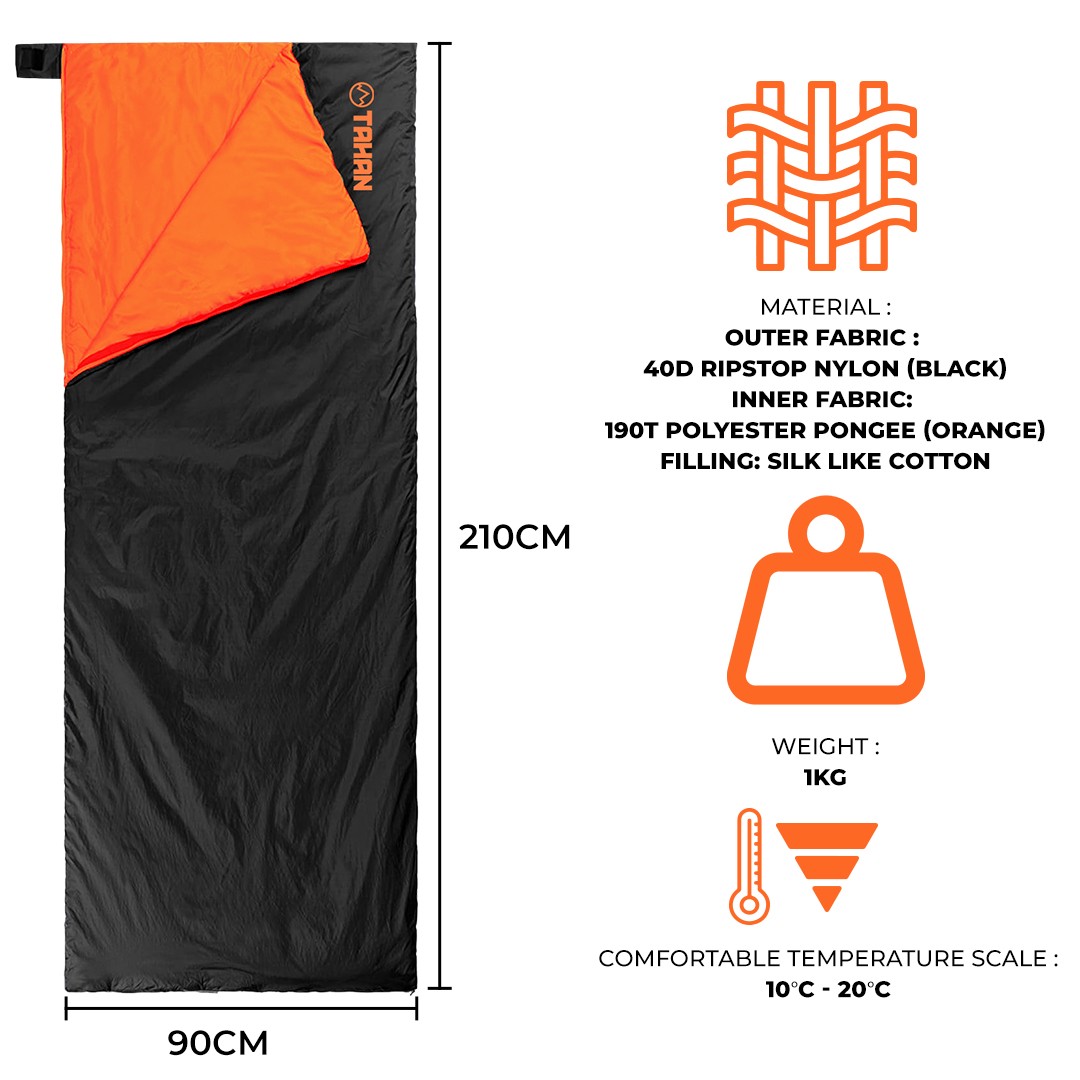
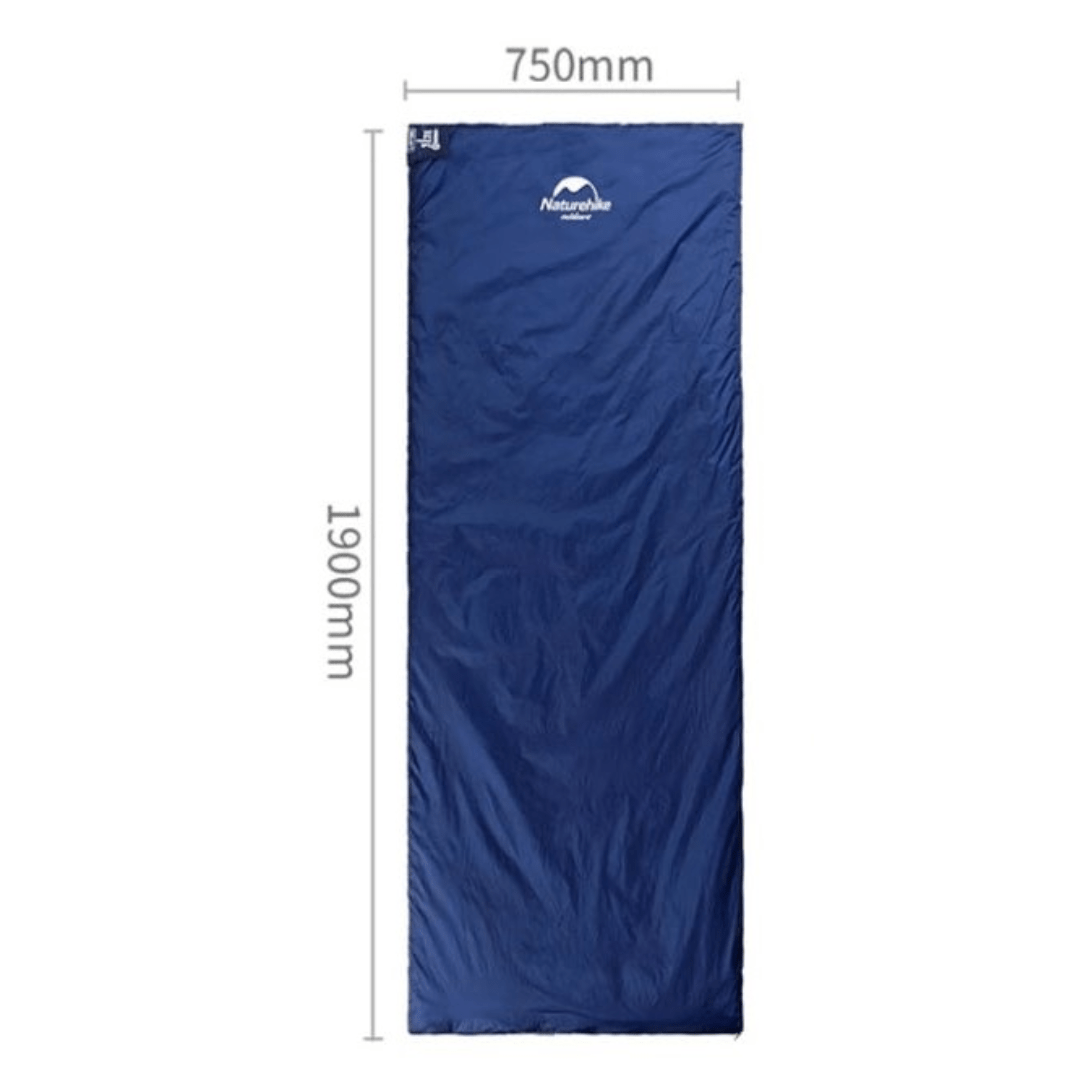
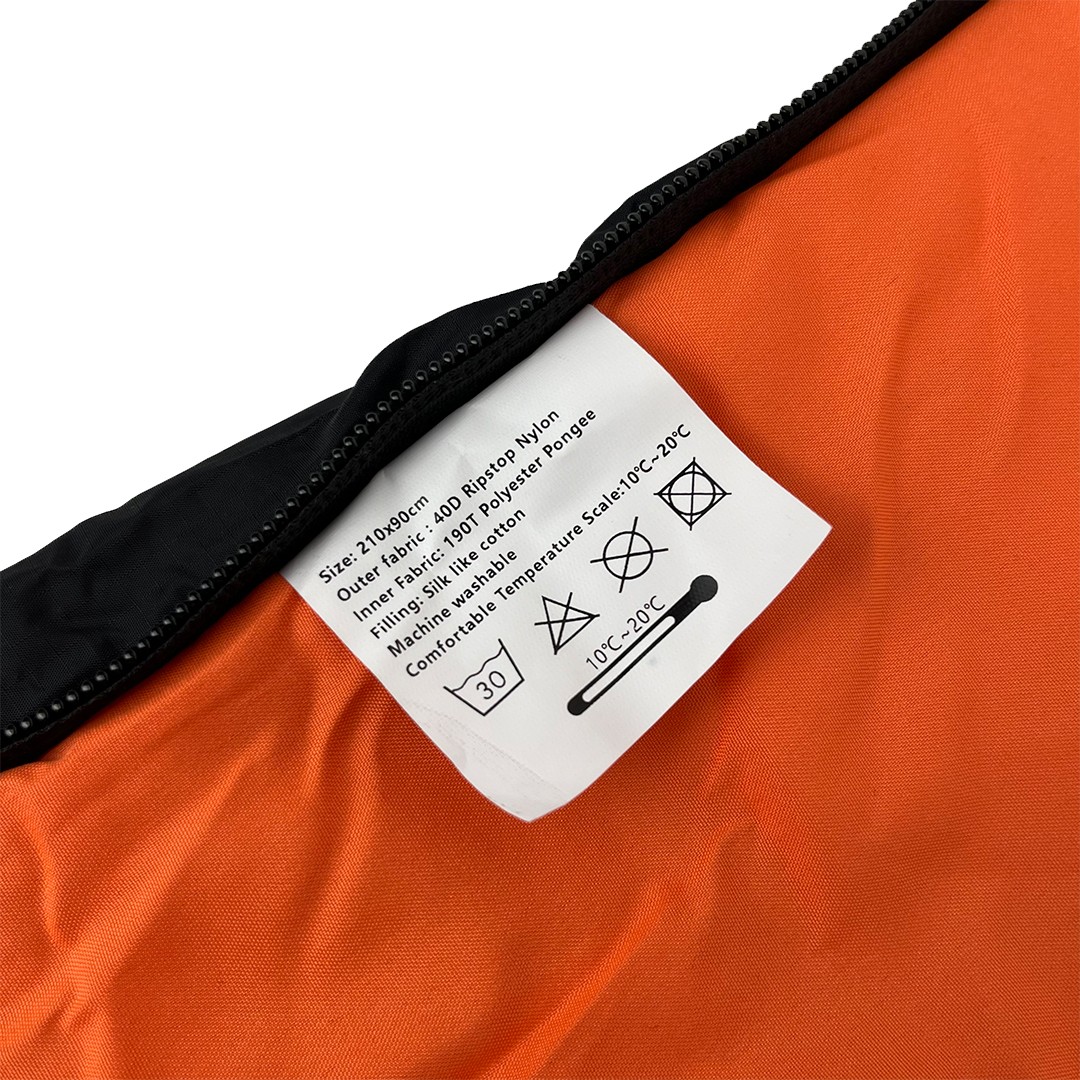
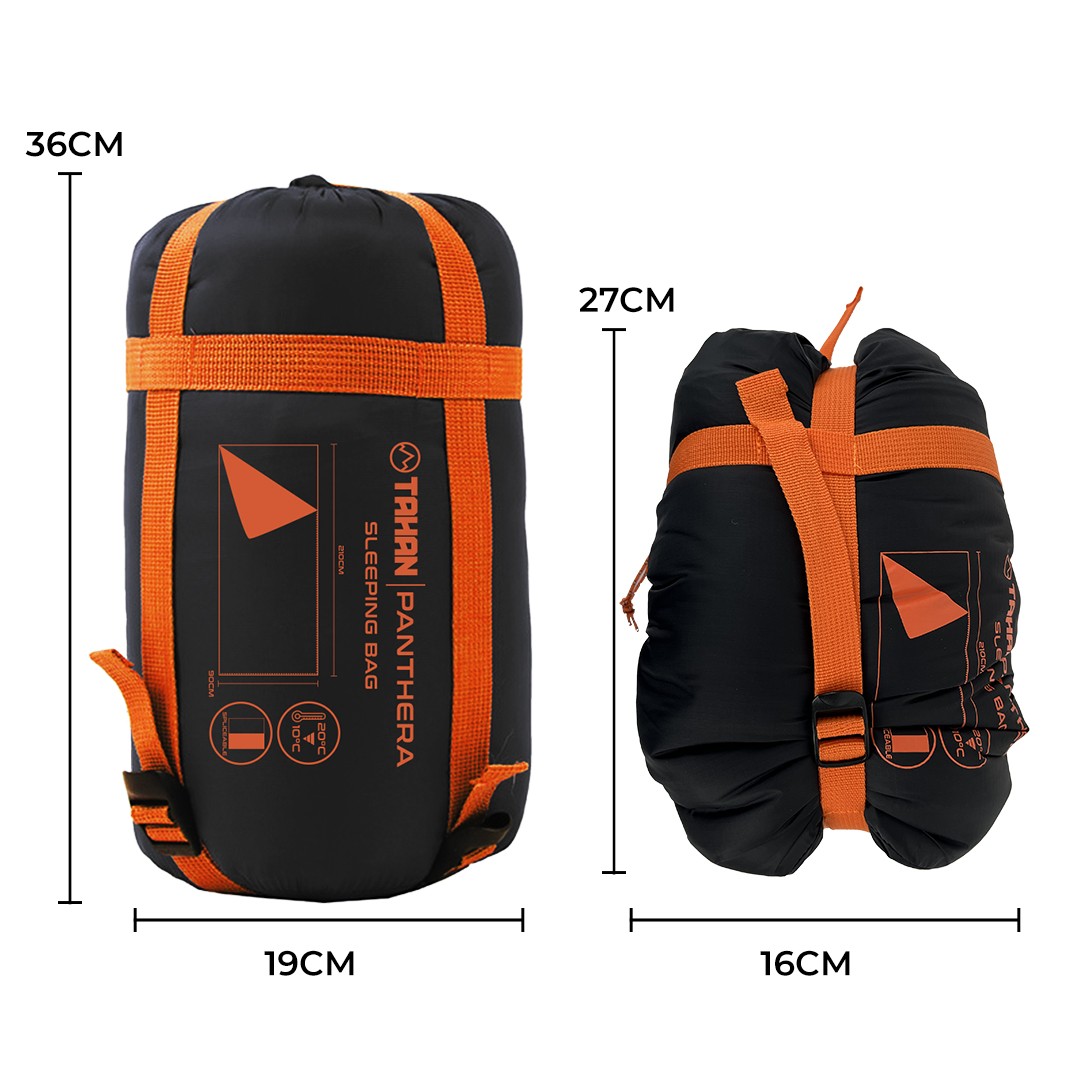
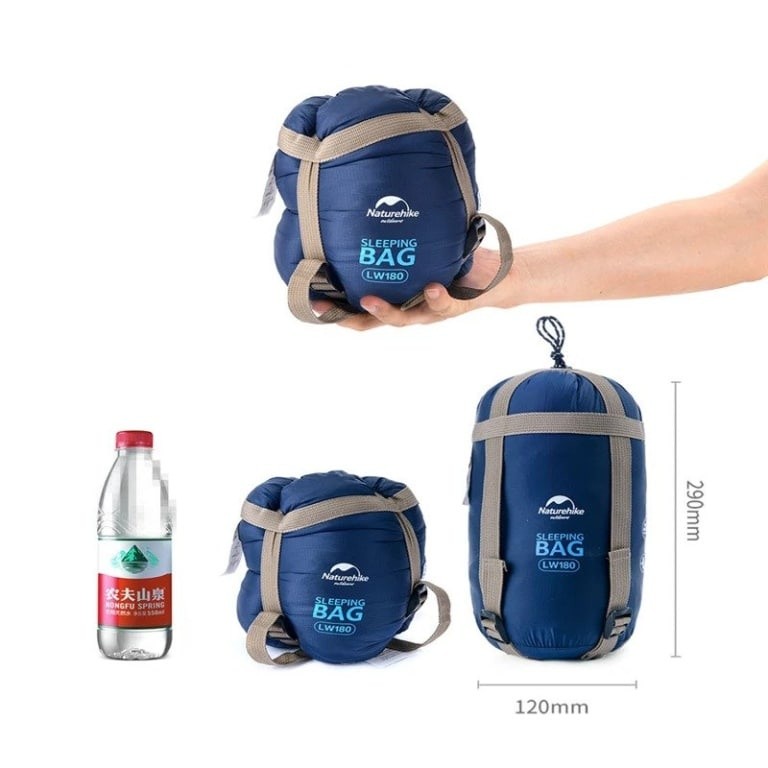
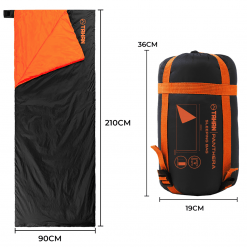
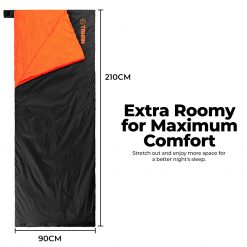
Shop Our Gears
Camp & Hike
TAHAN
COMBO
SLEEP SYSTEM
More tips that you might find useful:
12 Secrets to Getting Cheap Flights in Malaysia
1 Comments
马来西亚露营:户外探险综合指南
Camping in Malaysia: A Comprehensive Guide to Outdoor Adventures
2 Comments
Conquering Mount Kinabalu: A Hiker’s Guide to Malaysia’s Highest Peak
Camp Cooking Gear Guide – Build the Ultimate Camp Kitchen!
Top 5 Most Popular Campsites in Selangor
Ultimate Guide to Tropical Leisure Camping in Malaysia: TAHAN’s Top 5 Gear Picks
The Ultimate Guide to Hammock in Malaysia: Comfort, Adventure, and Relaxation